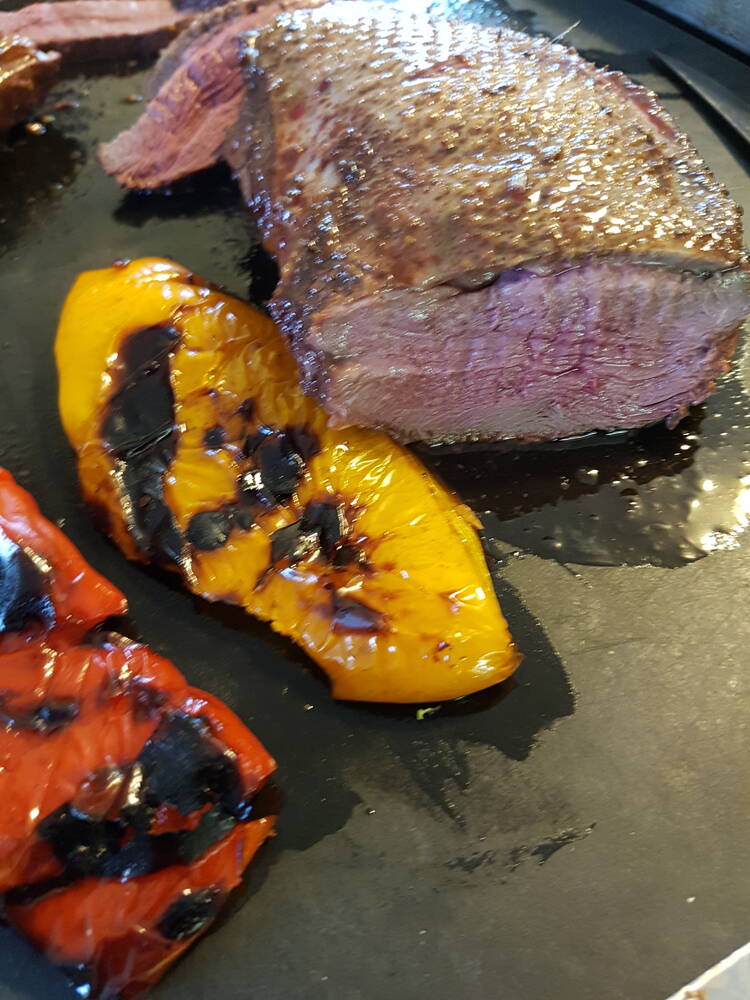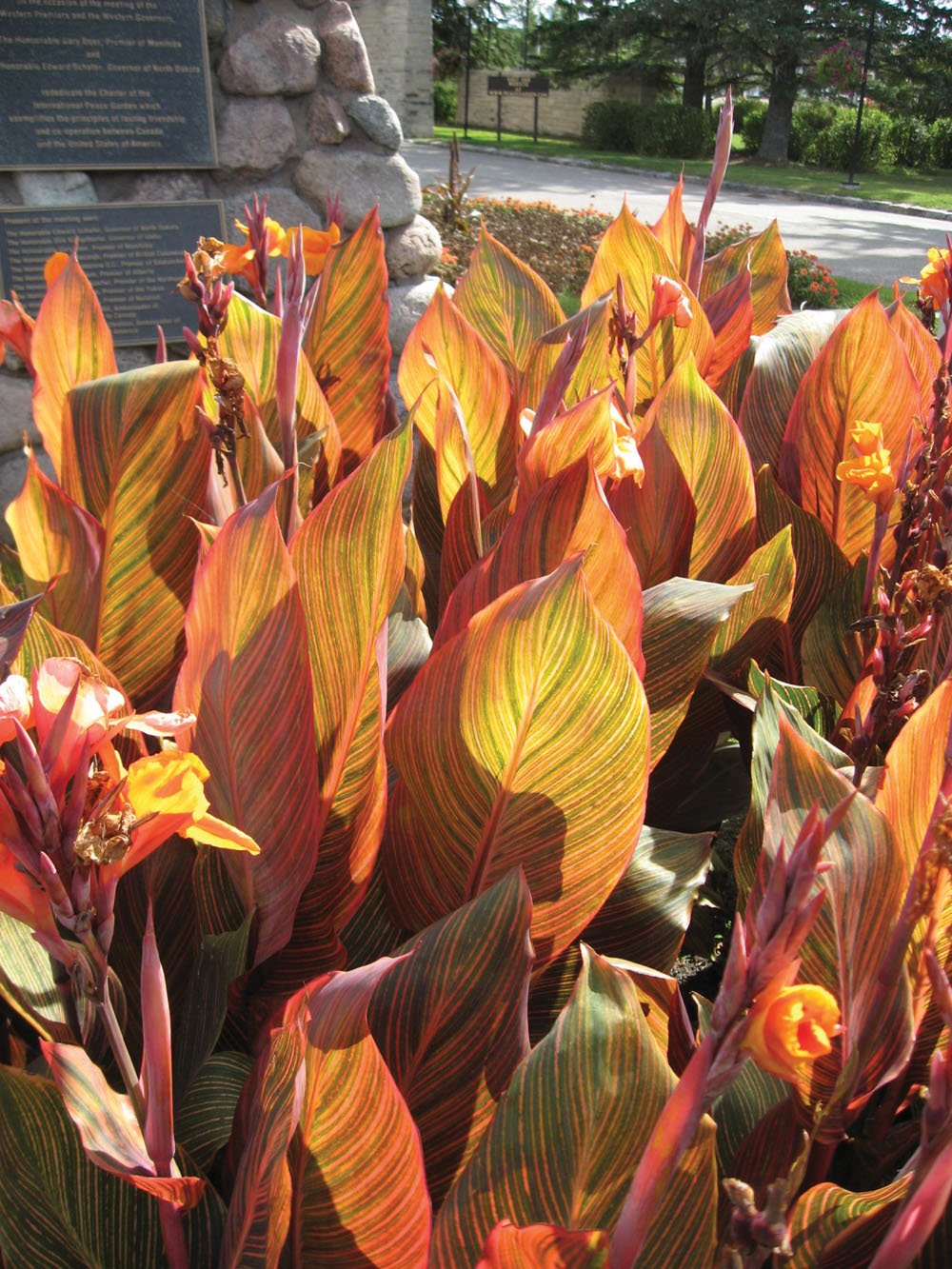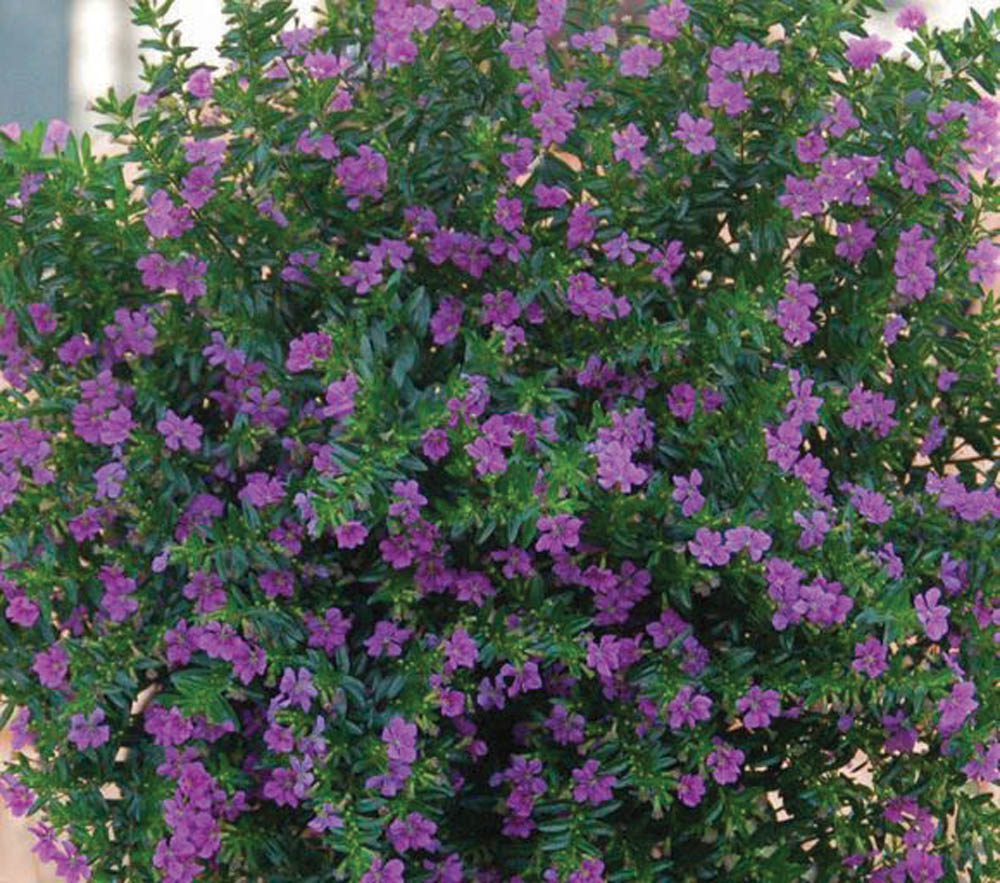It’s time! If you are going to get the most out of your cannas this growing season, you should be getting them out of storage and planted in damp soilless mix to ensure that they are a good size by planting-out time. If the tubers have been stored in a cool, dark place for the winter (I store mine in cardboard boxes in the heated garage where the temperature is just above freezing) they will be in fine shape.
Canna tubers take quite some time to break dormancy, especially if they have had perfect storage conditions. There will be little sign of new growth — perhaps just a few tips of new shoots emerging from the tops of the tubers.
Read Also

Giant Canada geese have gone wild in Manitoba
Giant Canada geese are seemingly everywhere and can be fine table fare for local hunters, but 70 years ago, they were borderline extinct.
I take apart the clumps of tubers and plant several in damp soilless mix in plastic-lined cardboard boxes. For the first few weeks a lot of light will not be required, but the boxes should be placed in a warm location. Once the tubers begin to sprout new top growth, bright light will be needed; at this time I usually put the boxes in a cold frame on my back patio that has auxiliary heat for cold nights.
For years we were restricted to varieties with green leaves and scarlet-red flowers. Now, however, many cannas have colourful striped leaves and pink, apricot, or dark-red flowers.
Although cannas are wonderful container plants, the containers must be large enough to be in scale with the relatively large plants, as some can grow almost two metres high with large leaves.
Cannas also make great specimen plants in the centre of island beds, or to delineate the entrance to a garden room by using them as gateposts. A single large tuber will produce several stems, but if you want a larger clump, plant several tubers close together to achieve the effect you desire.
A bank of cannas makes a great backdrop for other plants in a large mixed border. A solid row of green-leafed cannas would create a monochromatic background that would showcase the plants in front of it, while a row of bright variegated cannas with yellow-striped and/or burgundy-striped foliage would draw the eye to the back of the bed. “Tropicana” has vibrant-red, orange and gold stripes on its leaves, while “Tropicana Gold” has bright-yellow stripes on its green leaves. “Black Knight” has dark burgundy leaves and brilliant-scarlet blooms.
Cannas can be mass planted in a bed to create an impressive focal point in a large landscape, particularly when the bed is located so that it is viewed at a distance from the main living areas. They can also be planted along a fence or wall to make these mundane features more attractive. Dotting cannas here and there in a large mixed border will create colourful focal points. Shorter cultivars can be used as edging plants to separate garden rooms (such as a lawn and a vegetable patch), while taller varieties can be used to screen unsightly views. If you want your cannas to put on a great show all season long, get them started soon so that you can incorporate many of these stunning plants in your landscape.



















